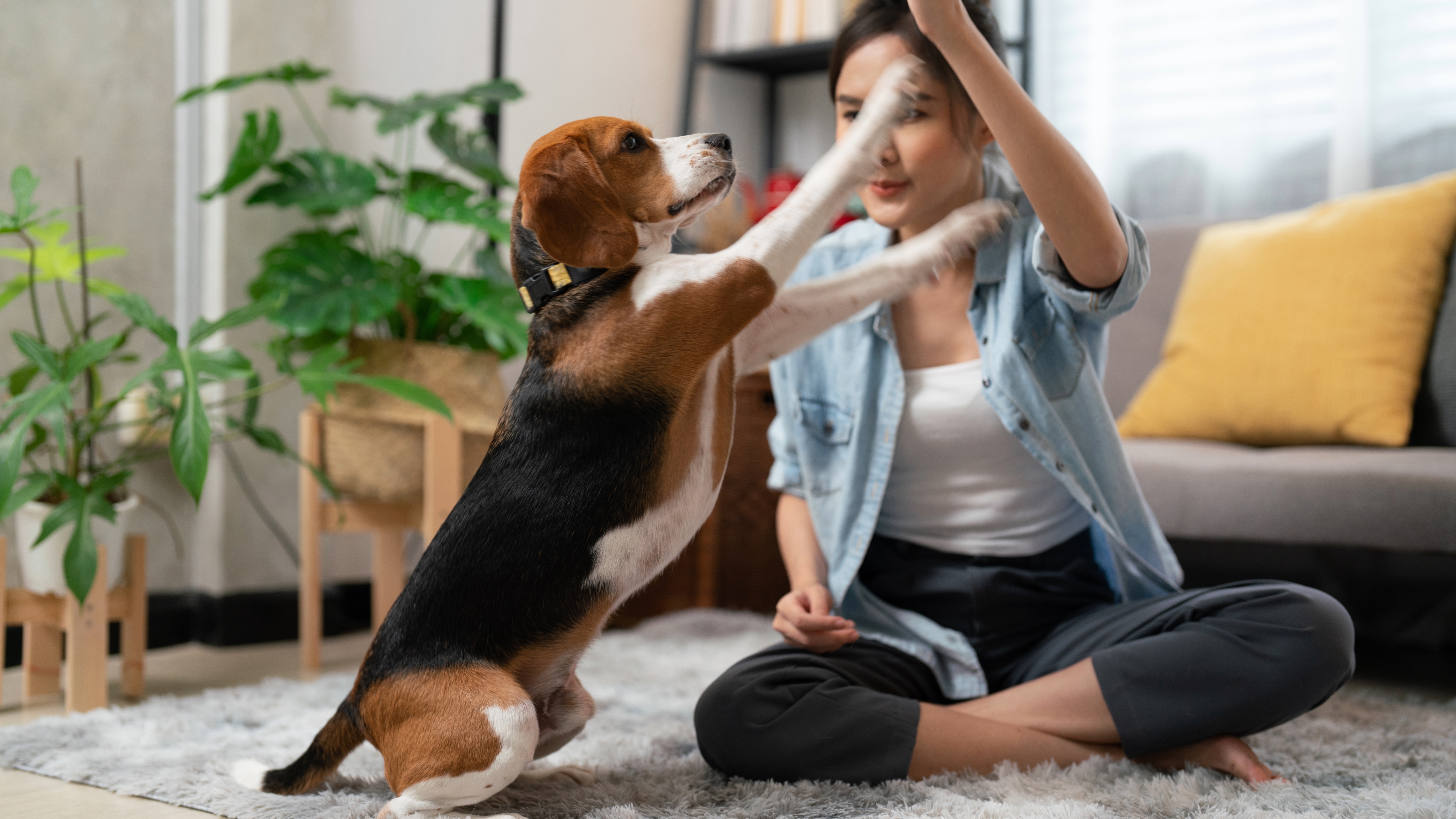
Whether you've just adopted a pup or you've had your canine companion by your side for years, you can never have too many tips for training your dog. There's no denying that our dogs are often our best friends, but that doesn't mean that being the owner of one is challenge-free, especially when it comes to training.
Yes, having a stash of the best dog treats in your pocket is certainly a great place to start, but there are a lot of other things you'll want to be aware of to ensure you set yourself and your dog up for success.
Alongside arming yourself with as many training tips as you can, you may be wondering is it easier to train a mixed breed dog or a purebred? The good news is that all pups, given the right conditions, can respond positively to training and you're going to encounter good days and bad days regardless of your dog's breed.
So, whether they’re begging at mealtimes, excessively barking or pulling on their leash, we’ve rounded up the top tips that should help you turn things around. From big dogs to small and every pooch in between, try out these tricks to help them behave, train well and stay healthy.
27 of the best tips for training your dog
1. Consistency is key
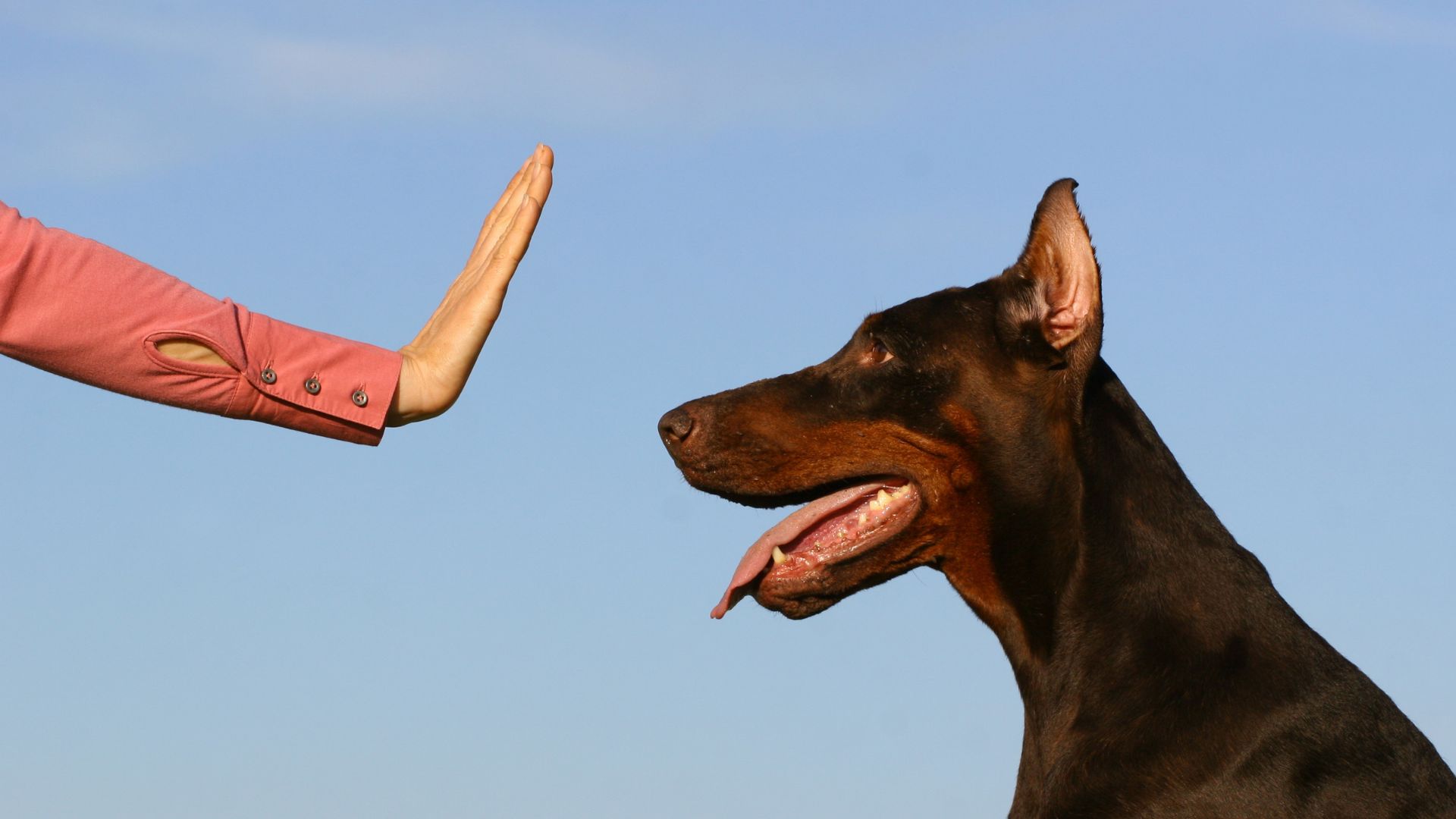
Just like humans, when it comes to training your pooch it’s super important to be consistent. For example, when you’re asking them to ‘sit’, always use the same word. When you’re training them to ‘stop’, use the same hand signals. Dogs like repetition.
2. Keep it short
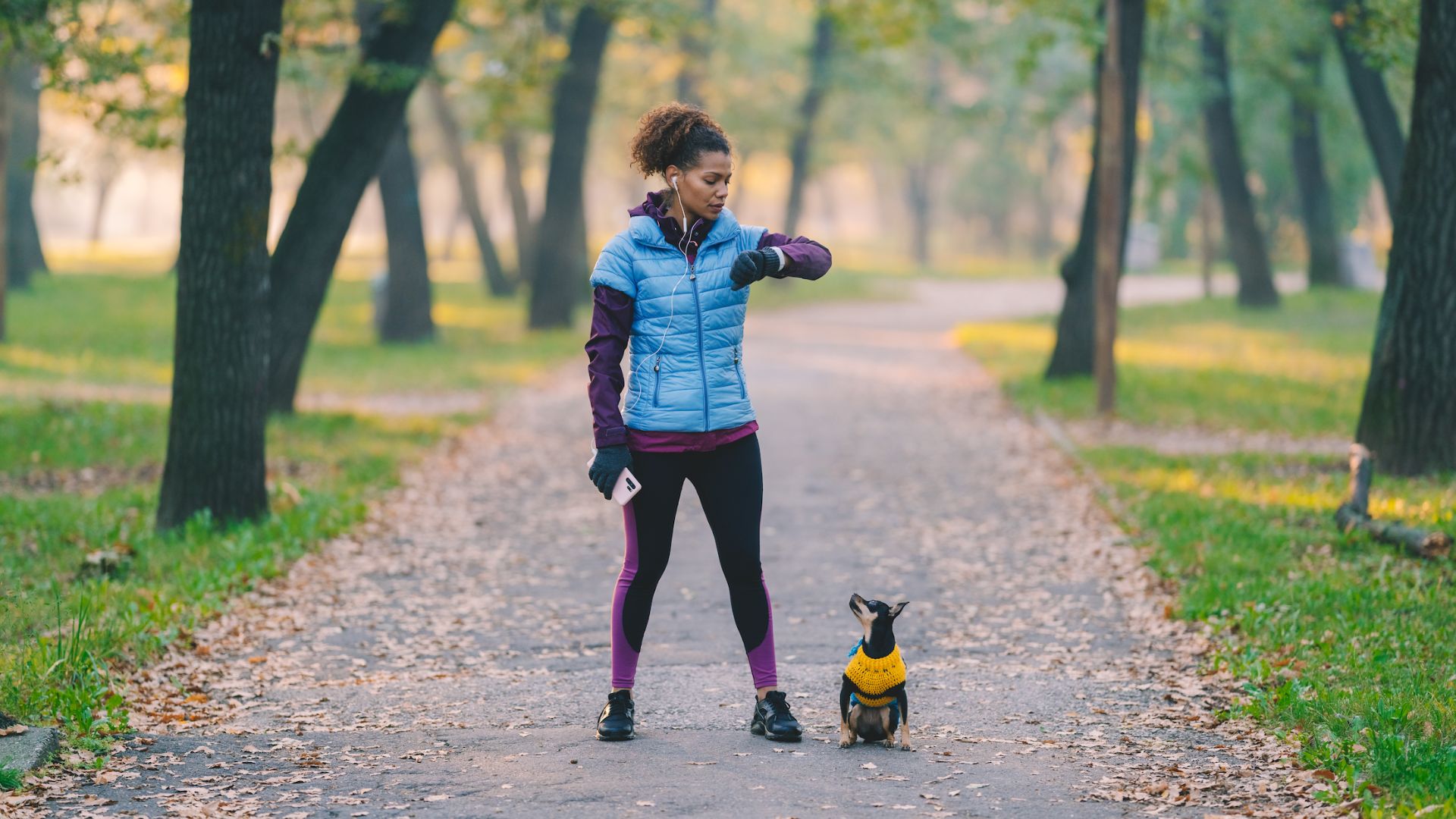
In other words, train little and often. It’s thought that five minutes maximum is the magic number. Too much longer and your four legged friend might become frustrated or lose interest.
3. Reward right
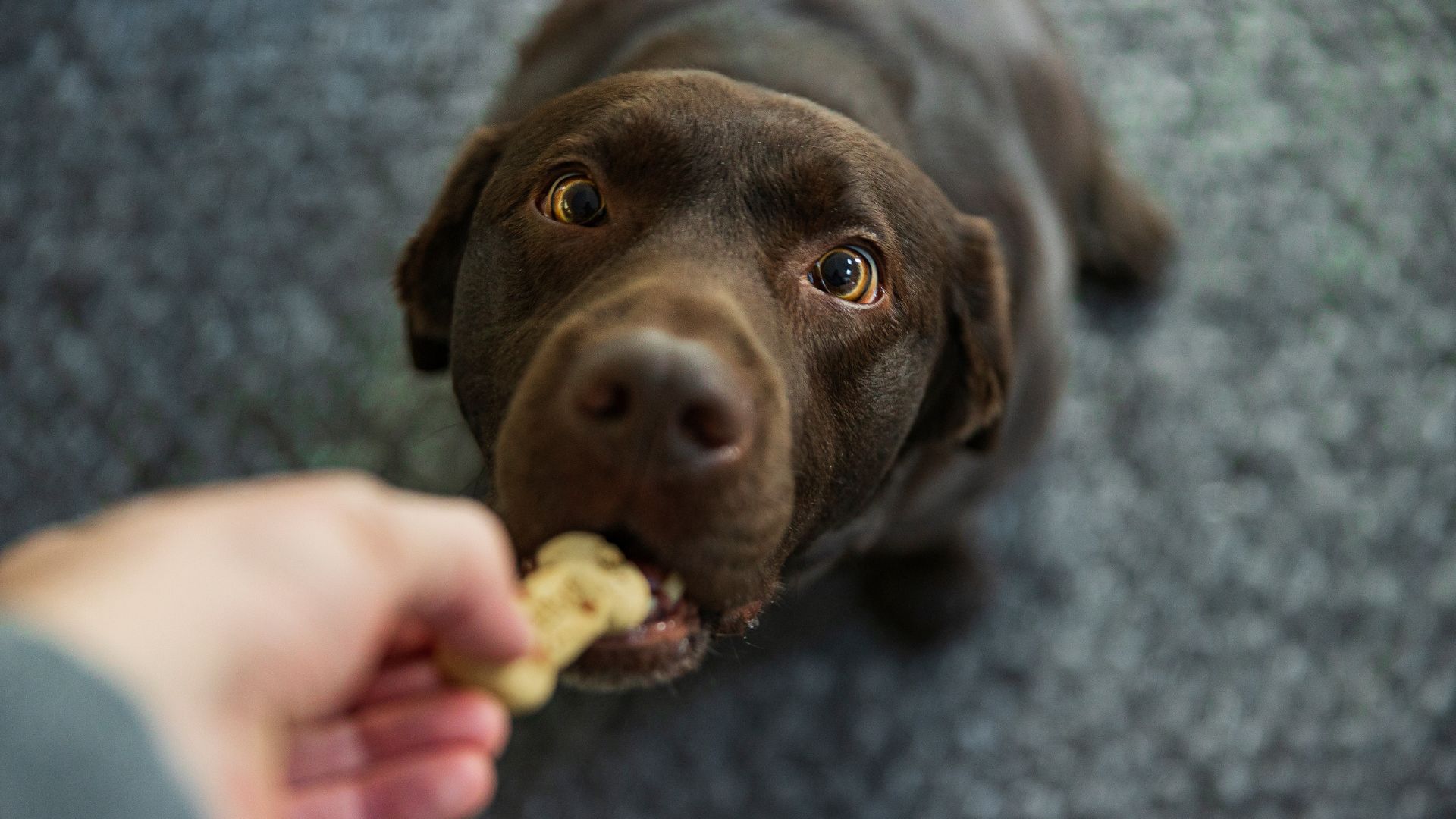
Whether they are motivated by the best puppy toys or the tastiest of treats, when the reward is right, dogs will be all for that five-minute daily training session that’s coming their way. Some fur friends might even just get a buzz from some extra love and attention.
4. Tire them out
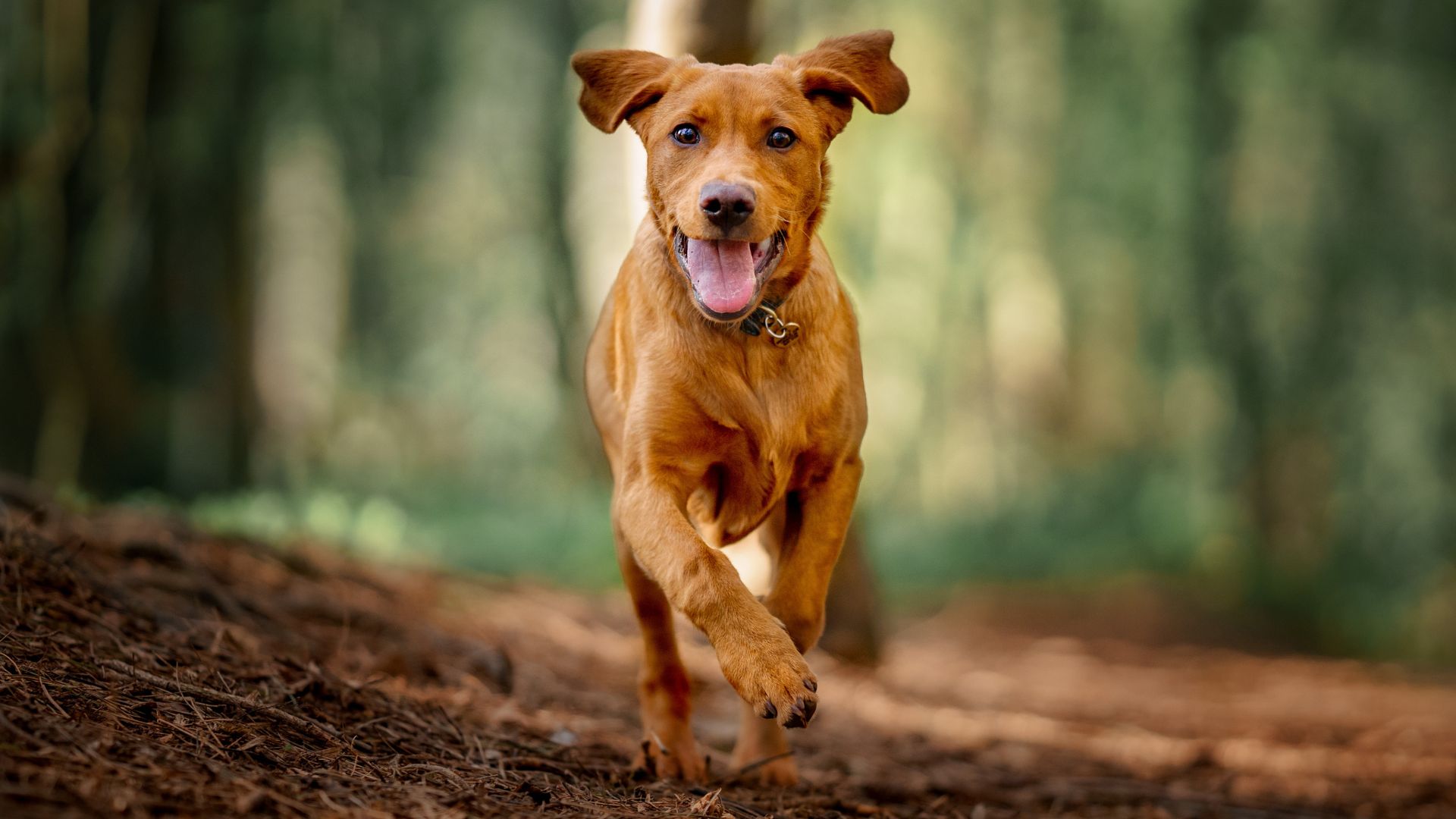
Wondering how to get a puppy to sleep through the night? The answer lies with exercise — and lots of it. Extended play times, long walks and other mental stimulation will help burn off some excess energy and prepare them for the Land of Nod in no time.
5. Choose a dedicated sleep spot
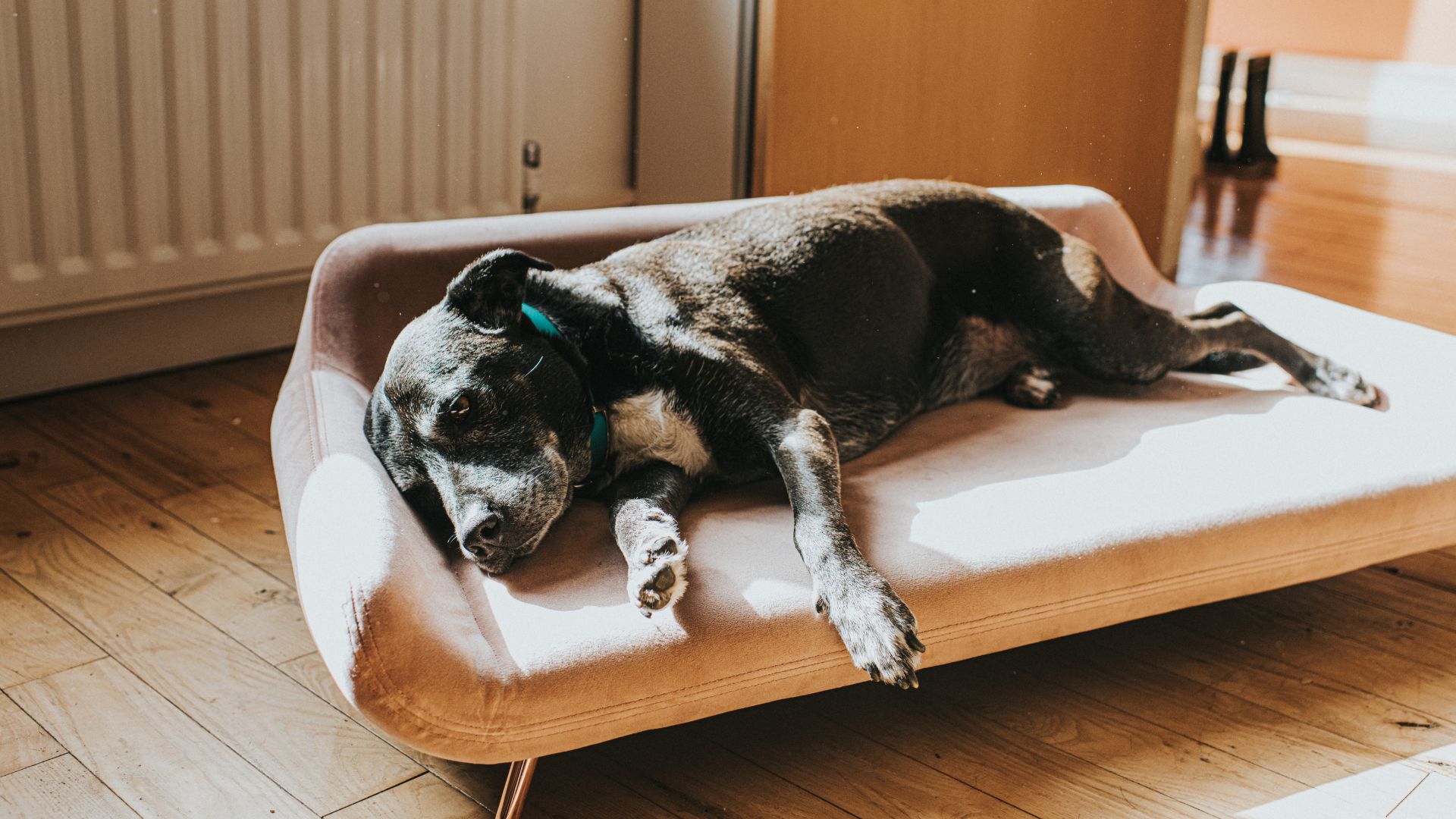
Pup still not sleeping? It could be because they don’t have a dedicated sleep spot. Just how we associate our beds with catching some ZZZs, dogs do the same. But instead of allowing your pup to catch 40 winks in your bed, set up a quiet, safe and cozy sleep space of their own. If you ask us, sweet dreams are guaranteed with the best dog beds.
6. Avoid rewarding bad behavior

This tip is easier said than done, especially when they look at you with those puppy eyes. But pups need to learn right from wrong and tending to their whines will do more harm than good.
7. Instead, use positive reinforcement techniques
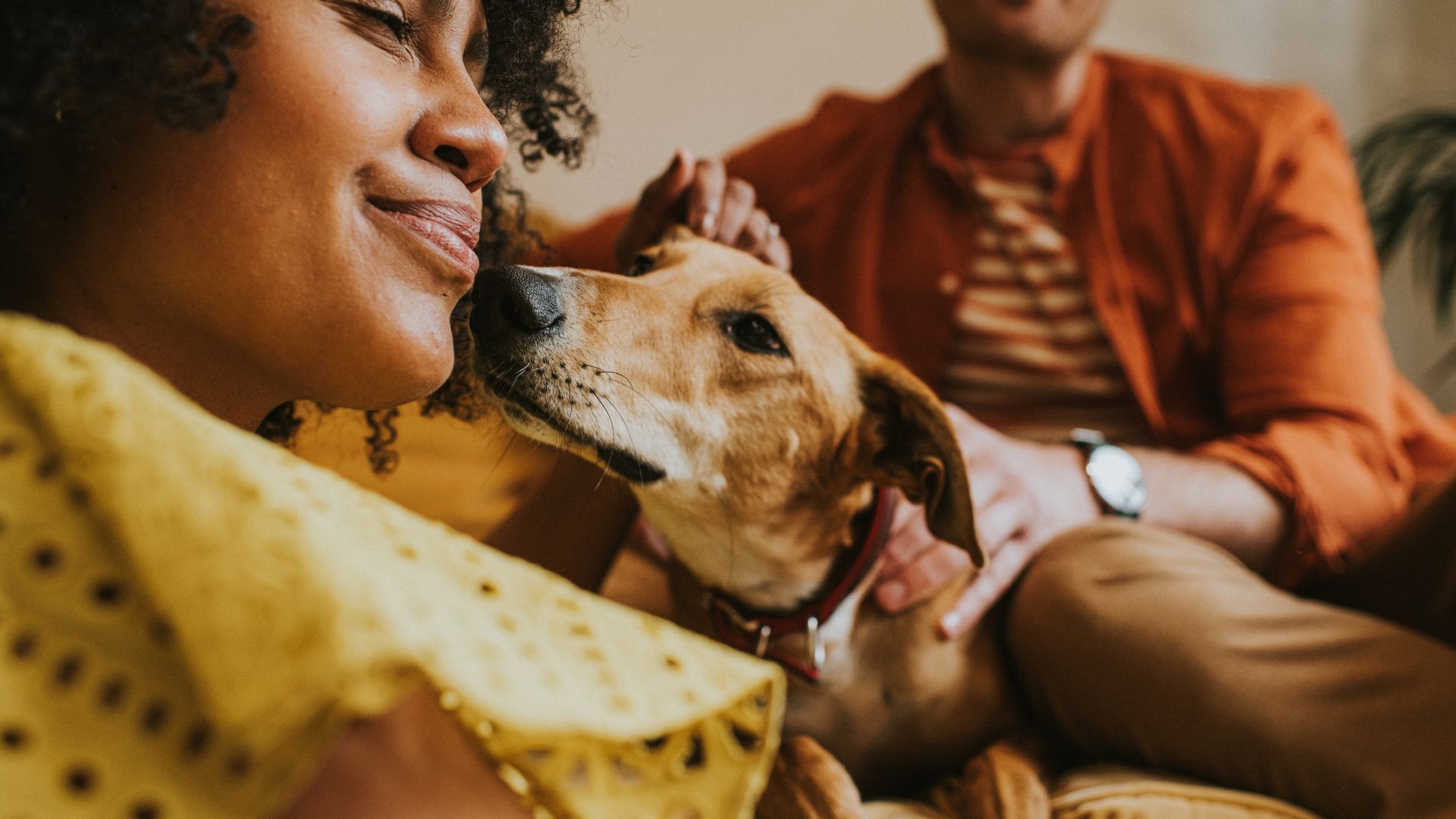
Positive reinforcement for dogs works and there’s science to back this up. The technique involves rewarding your pet in return for the ‘correct’ behavior which should encourage your pooch to repeat the behavior again (and again) later down the line. The longest lasting dog chews should keep them happy!
8. Remember to start small
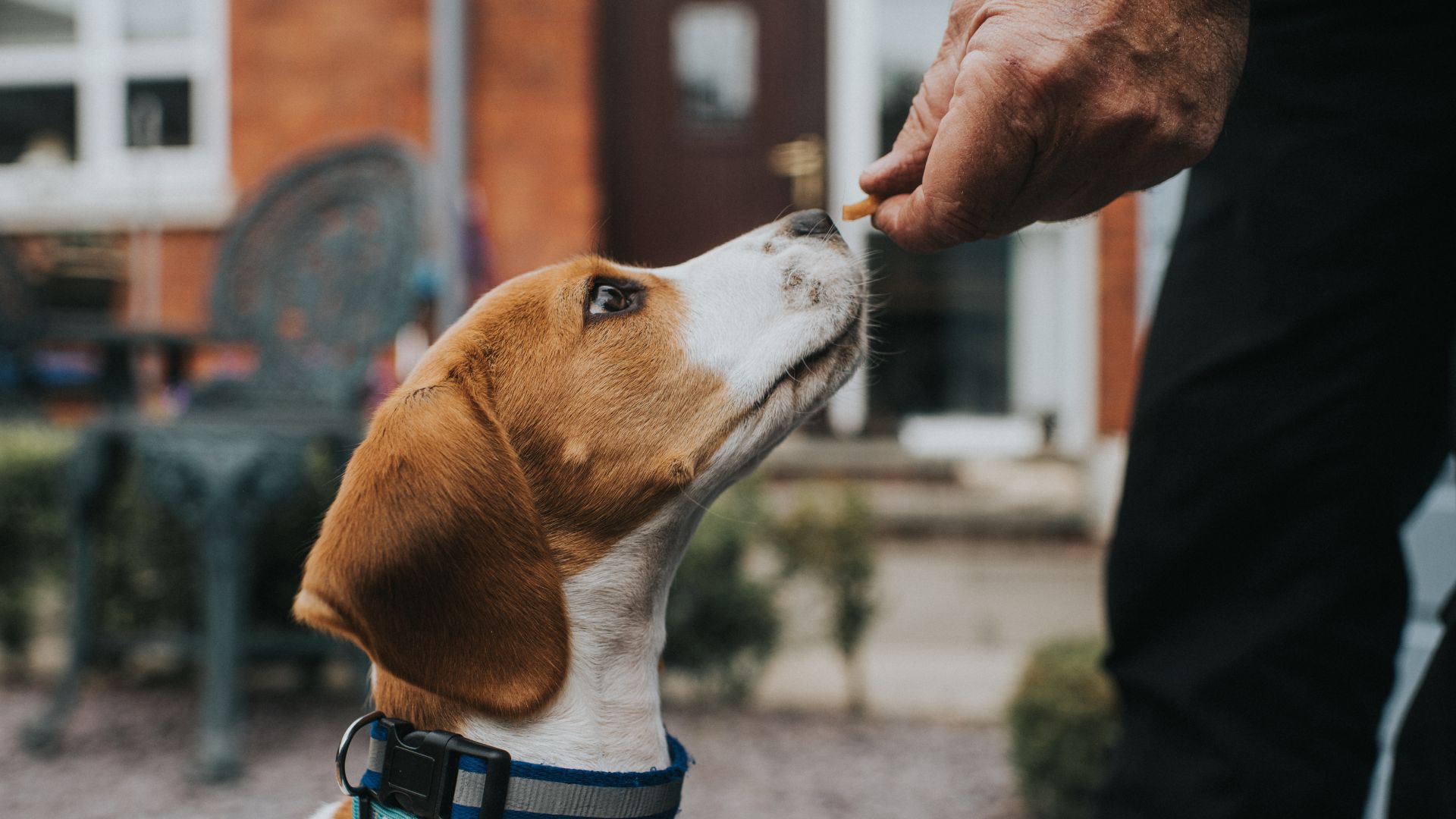
Easy does it! Your dog might not necessarily nail their training the first, second, third or 30th time. But try breaking down positive behaviors and taking the small wins as they come. For example, if you’re training your dog to ‘come’ remember to reward even if they take one step forward.
9. Create a routine
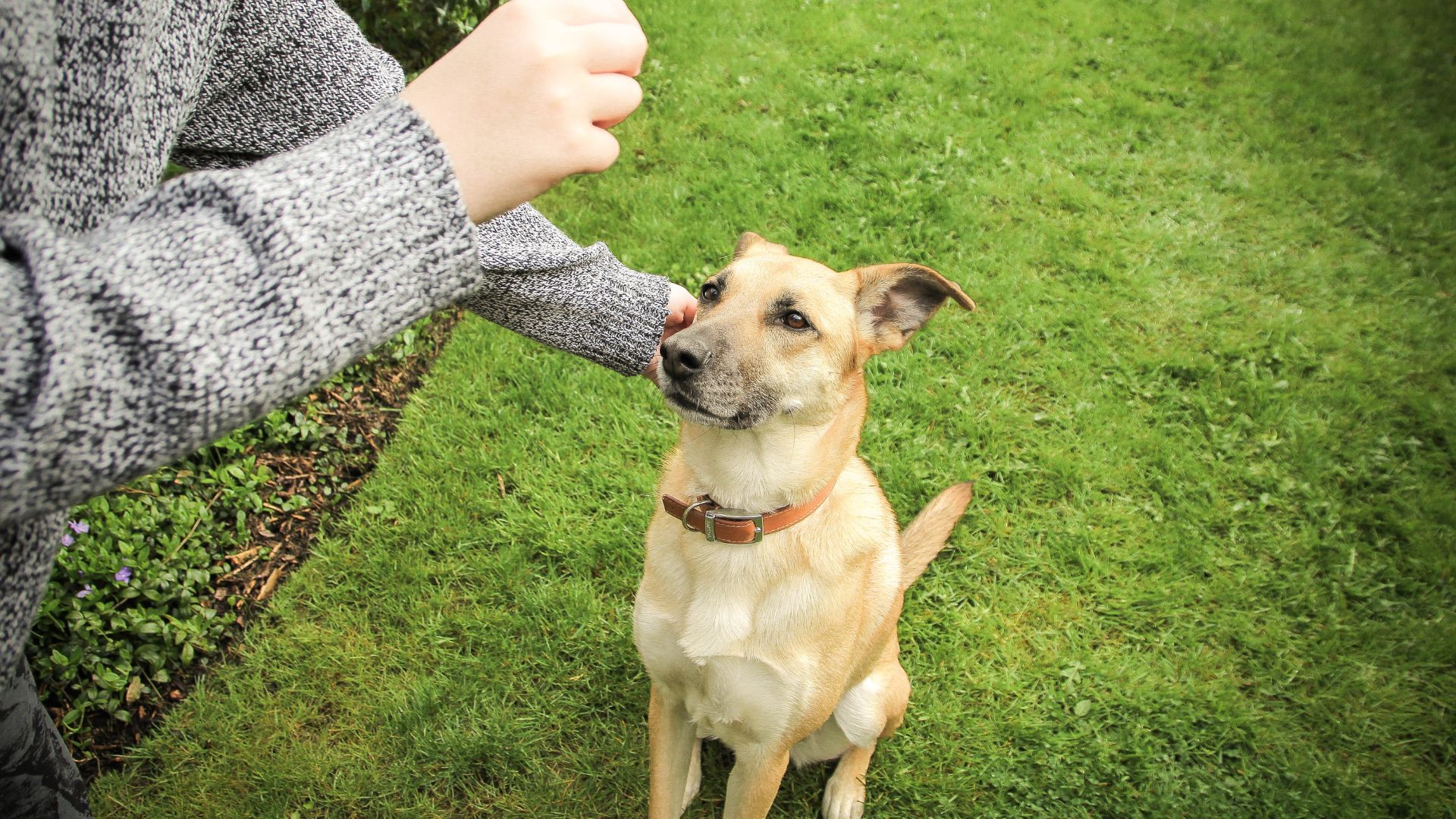
We’re all creatures of habit, including our four legged canine friends. So gradually introduce five minute bursts of exercises each day and stick to a routine. Then sit back and watch your little furry learner improve little and often each time.
10. Add in hand signals
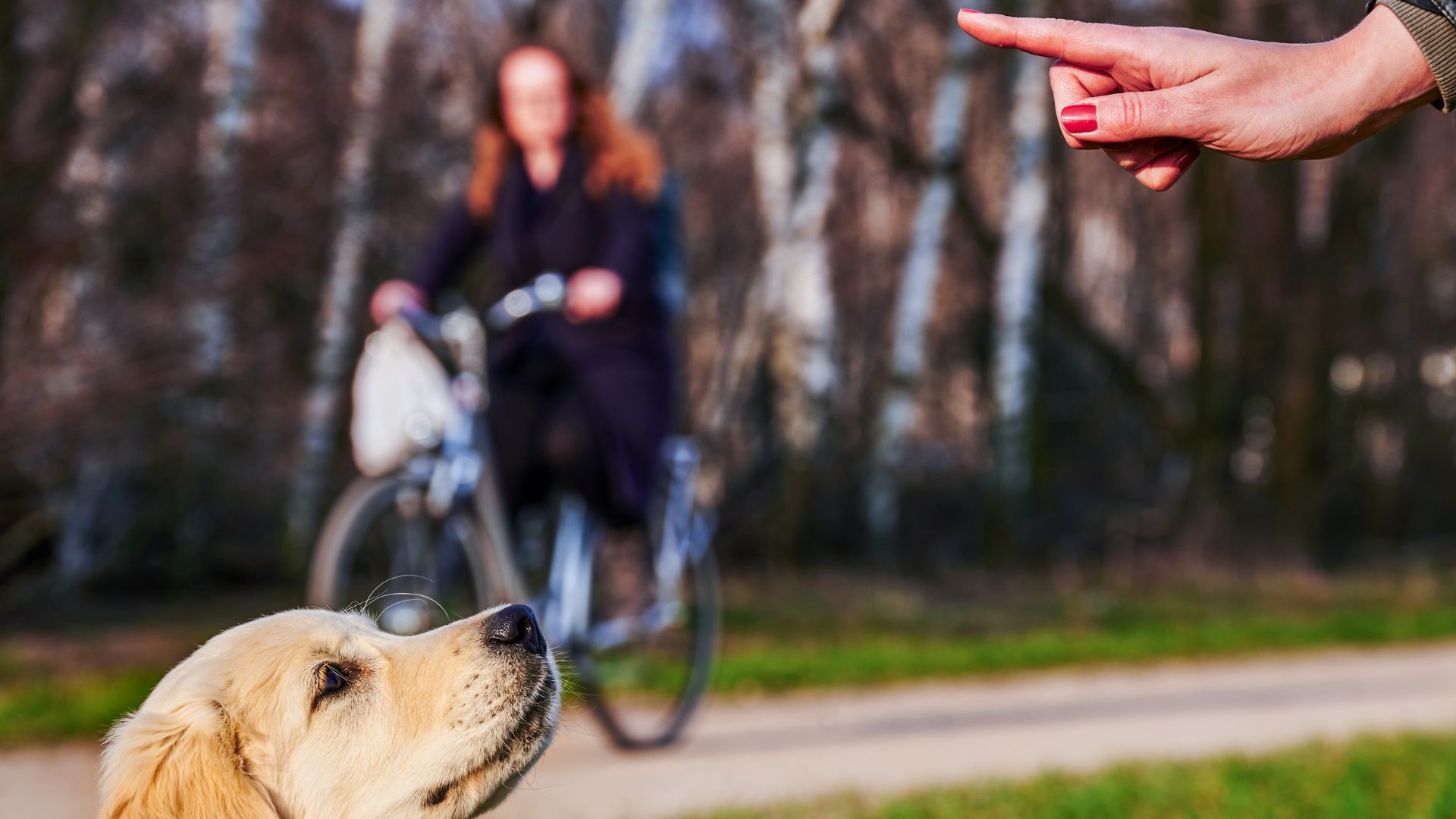
While we’d love to think otherwise, dogs don’t understand language as humans do. But they do seem to respond better to hand signals. So instead of just speaking, signal too.
11. Set them up for success
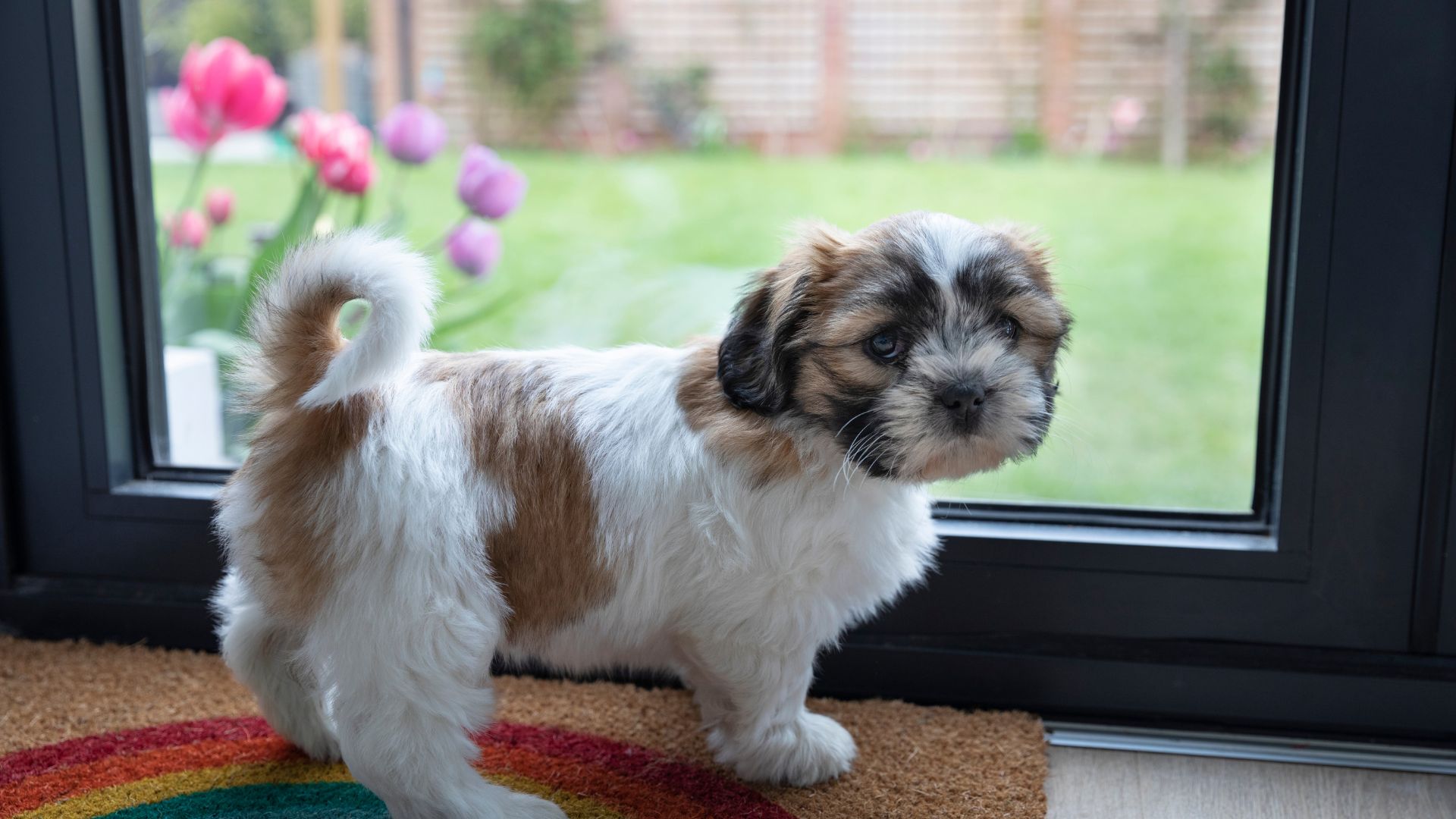
If today is the day you’ve decided to start training your pup, start them out on the right foot. Instead of taking them somewhere they have never been before, choose an easy environment with minimal distractions. This could be your back garden or living room.
12. Provide a framework

If you’re left wondering why your dog’s recall isn’t reliable and what you can do about it, wonder no more. It might be because when you’re out on a walk you’re letting your dog, well…be a dog. Providing some basic framework during your walks can be hugely beneficial for both of you. Here are some rules to live by: interact with your dog, keep them close to your side and reward them for good behavior.
13. Shorten the leash
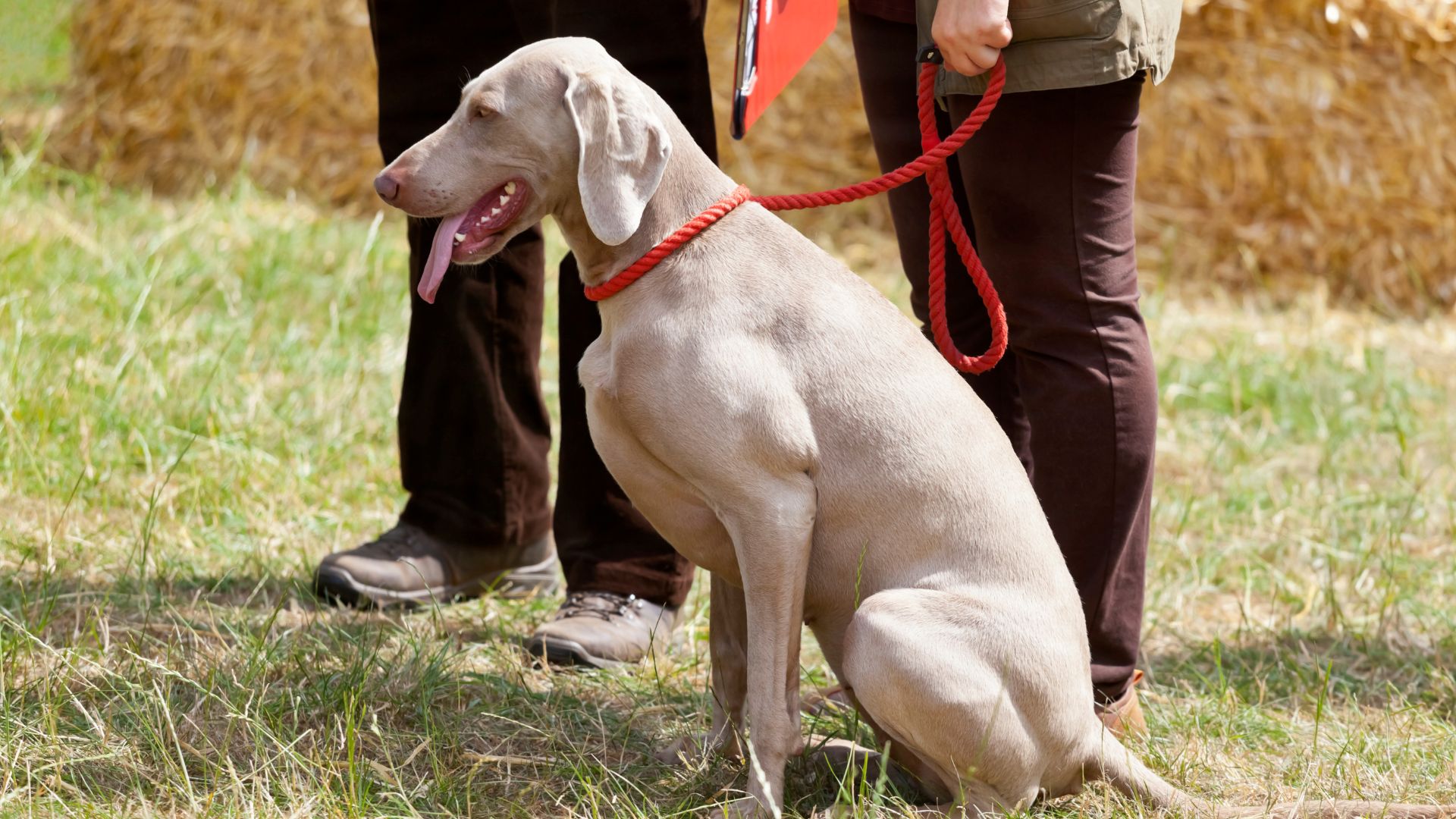
Does your dog seem to growl, bark or lunge when in a certain environment? Or when walking past another canine? Then learning how to calm a reactive dog could be very beneficial for both of you — and others. One tried and tested tip is to put your dog back on the leash or shorten it.
14. Prepare a safe space
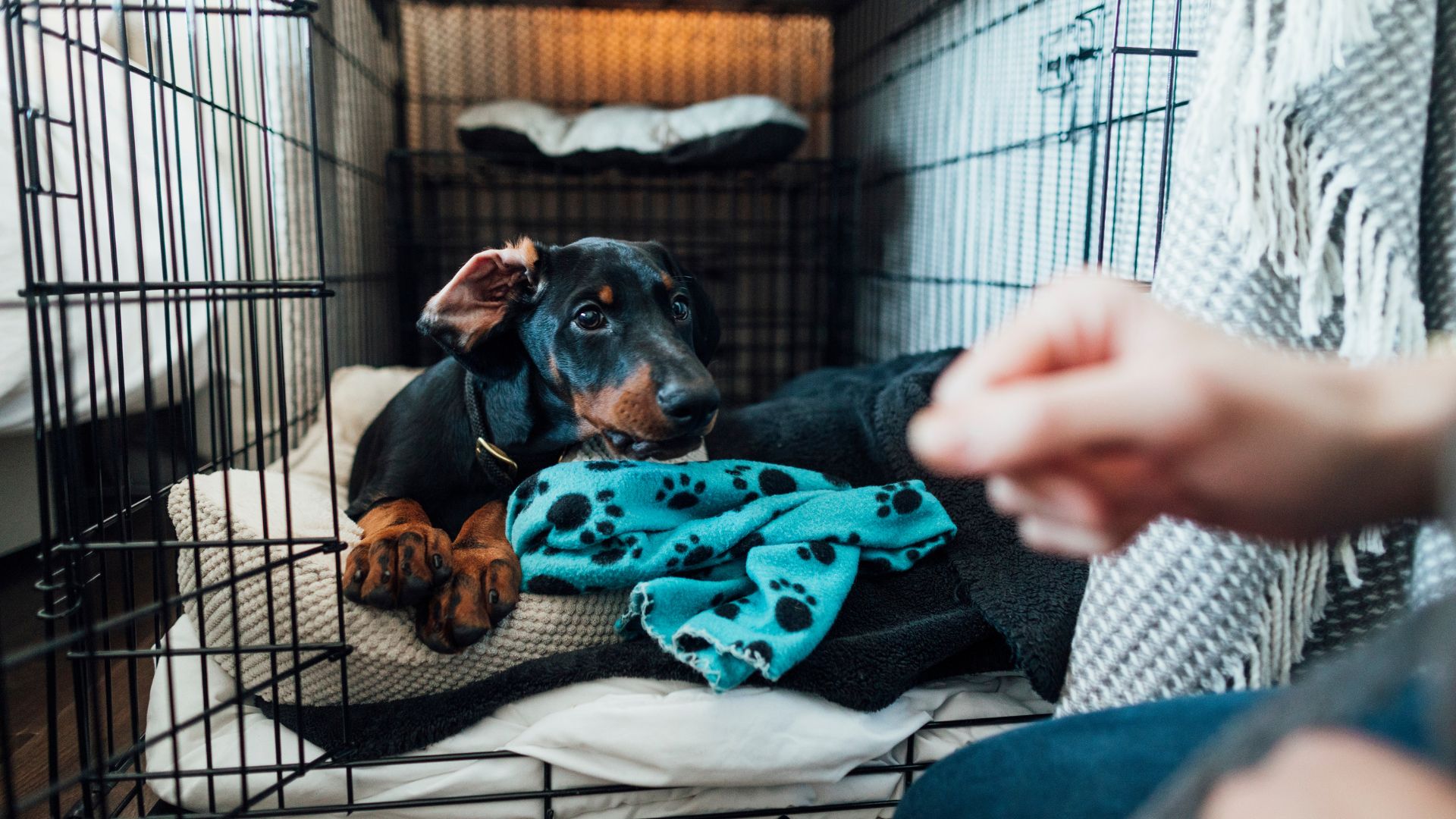
If you live in a thunderstorm-stricken area, or there’s news of a forecasted bad spate of weather, being able to calm your dog down is always a handy trick to have up your sleeve. Just like us, dogs like to feel comfortable in their surroundings so having a safe space (like their bed or a covered corner spot) can ease anxiety.
15. Provide some background noise
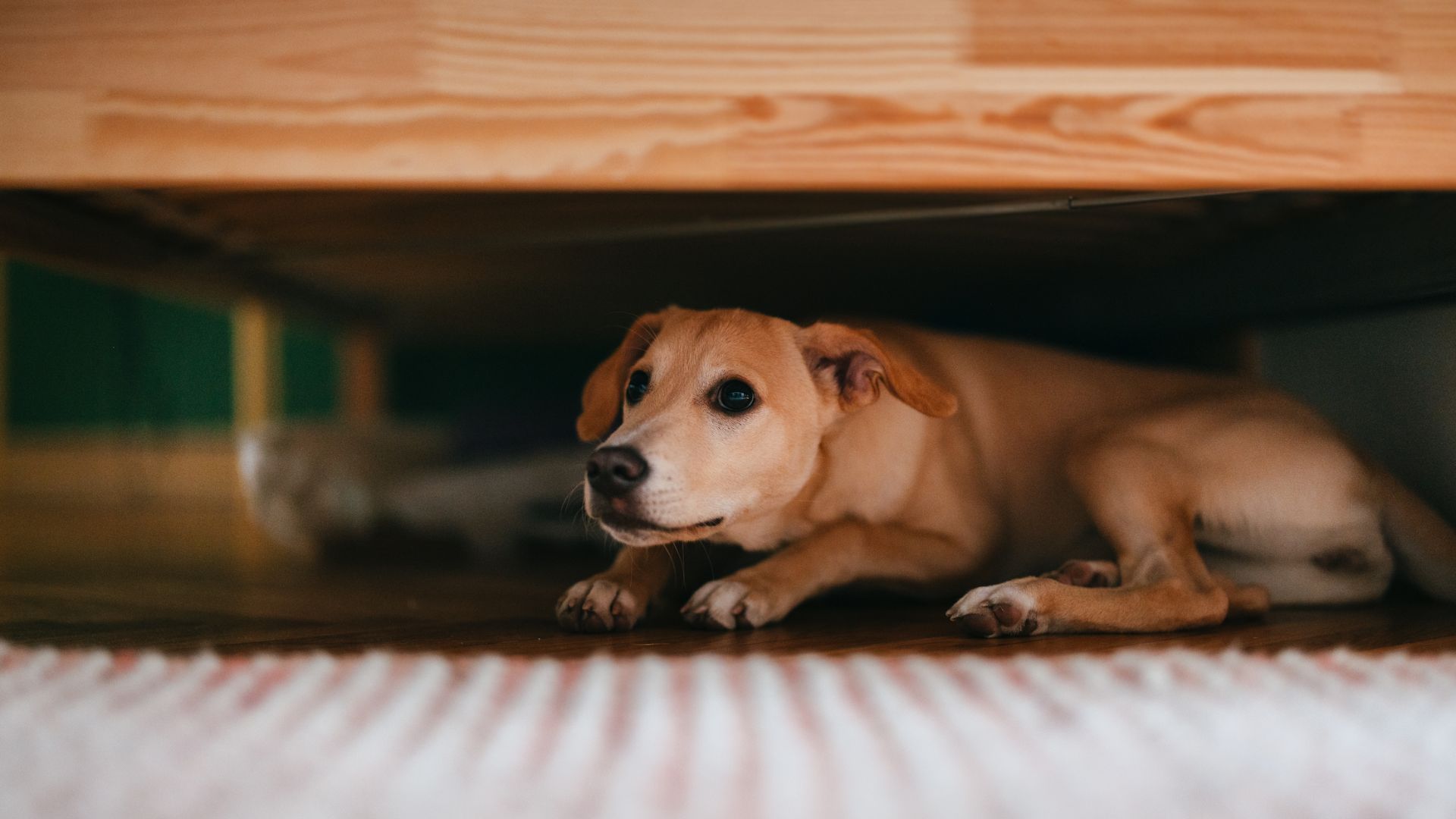
Or, you could always try muffling or disguising the thunder with some white noise or classical music.
16. Offer up distractions
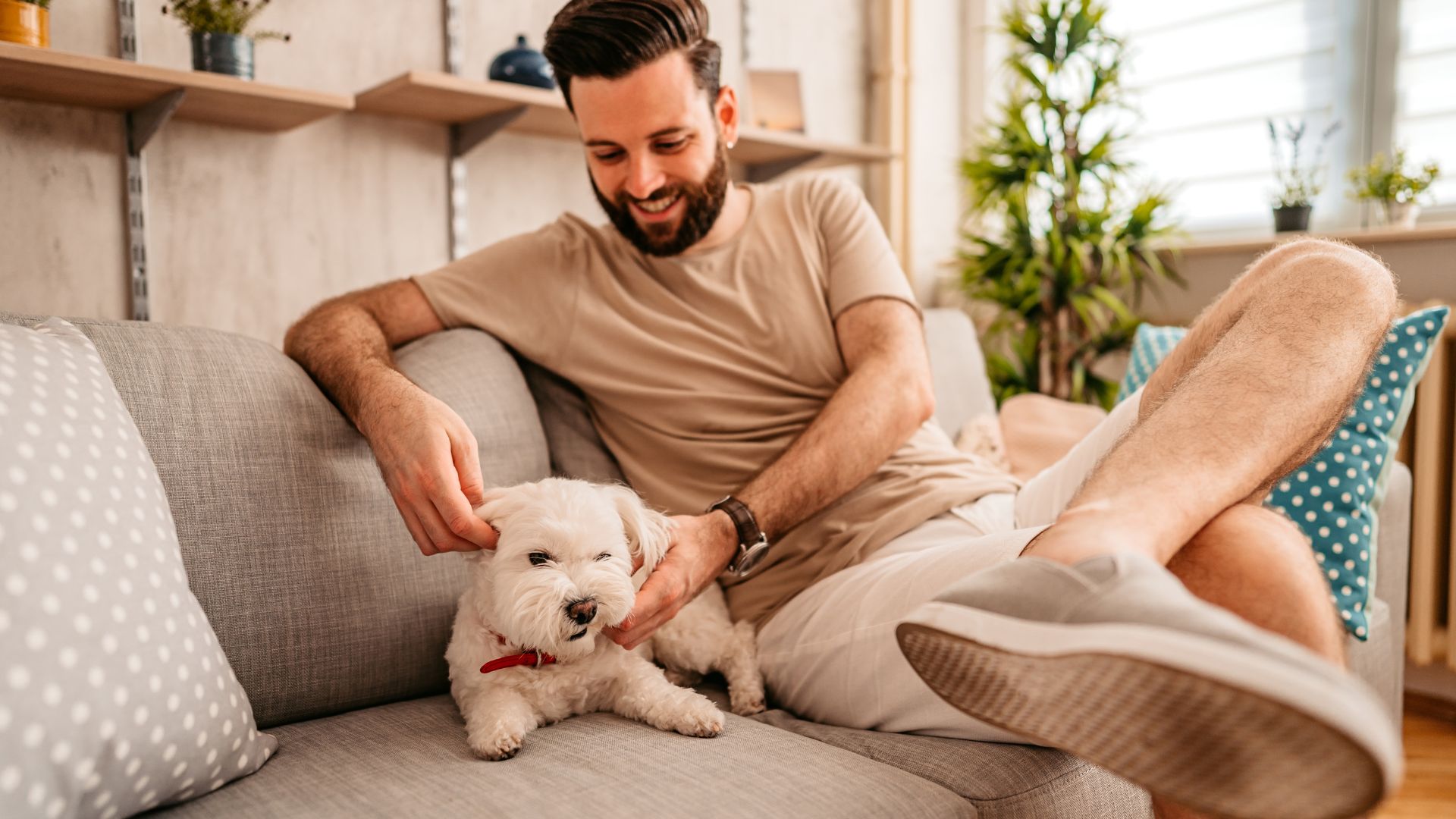
Offering distractions to your dog can help to soothe your pup until the patchy weather has passed. Healthy chews and snacks could work, a new toy might do the trick or you could always keep them mentally active using one of the best dog puzzle toys.
17. Add in a positive interrupter cue
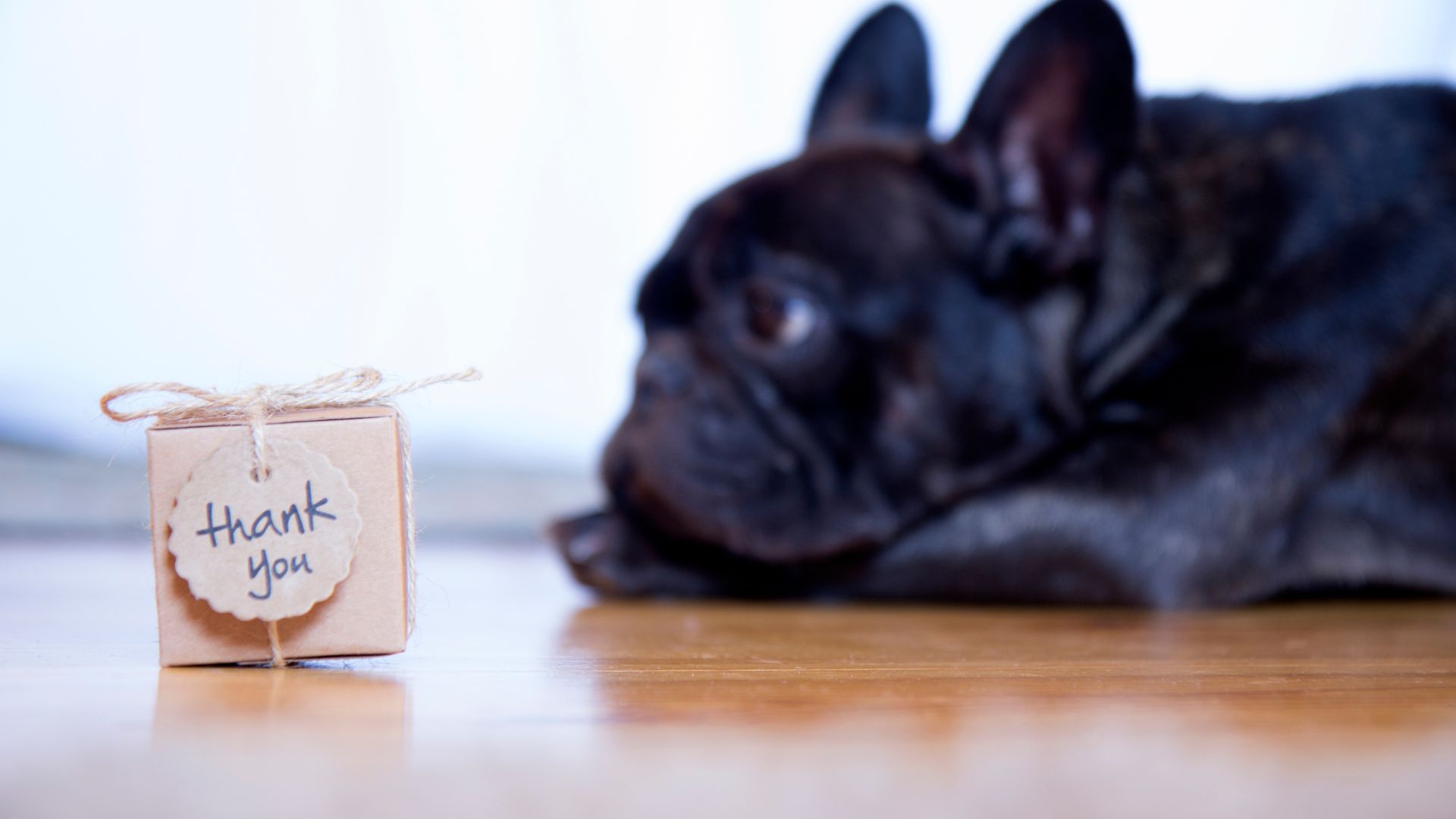
Got a barky dog? If this is down to bad behavior, think of the number of barks you’re happy with and then introduce a ‘thank you’ cue that directs your dog to another behavior. Consider practicing this when there are no external disruptions.
18. Make a cozy den
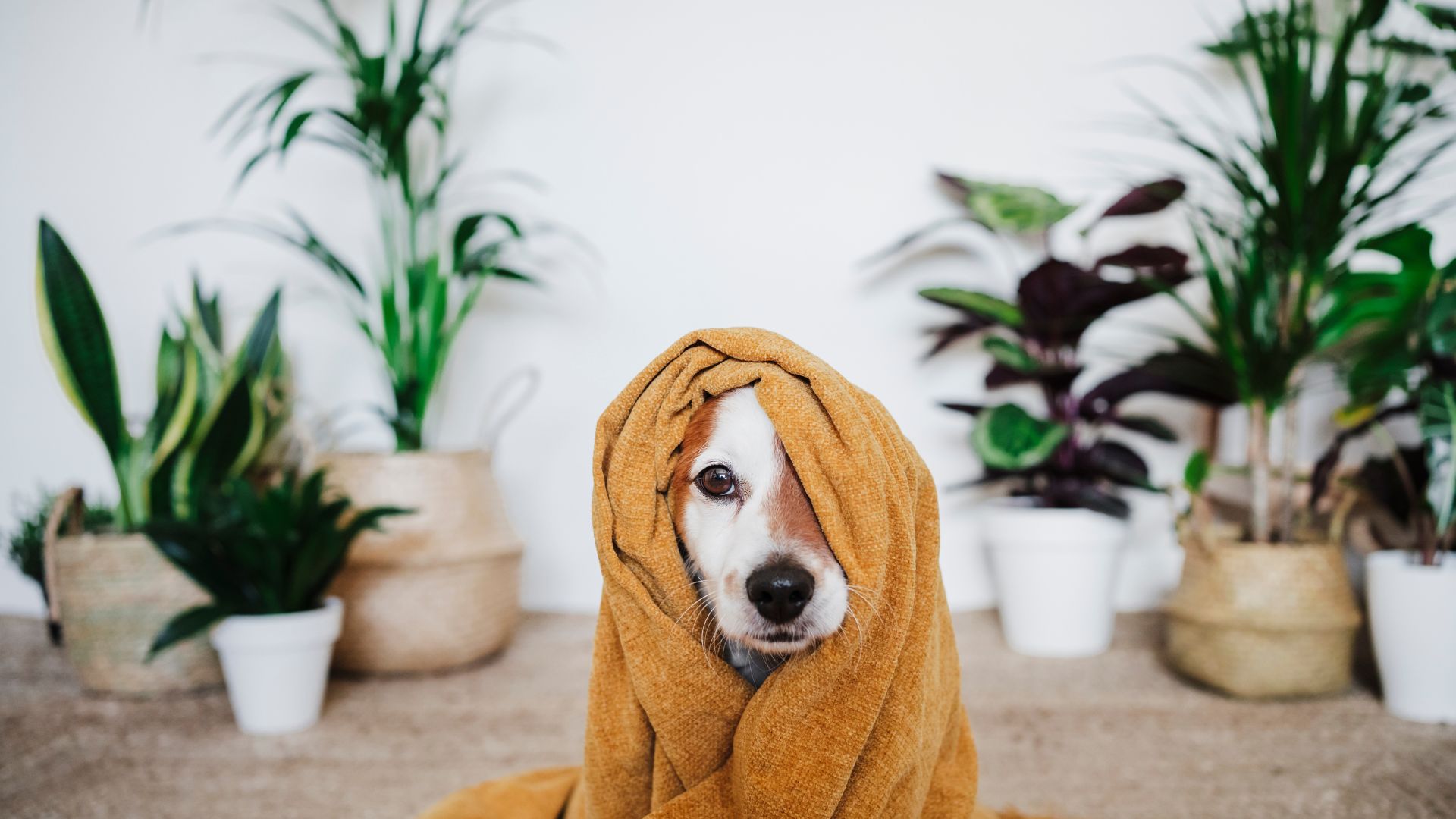
Crate training your pup, but it’s not going too well? We’ve all been there. To overcome this, try making their crate into a cozy den to make it feel safer and more secure. Throw a towel or blanket over the top, put a dog bed inside, and throw in a few of the best dog toys. They’ll feel right at home.
19. Don’t shut the door
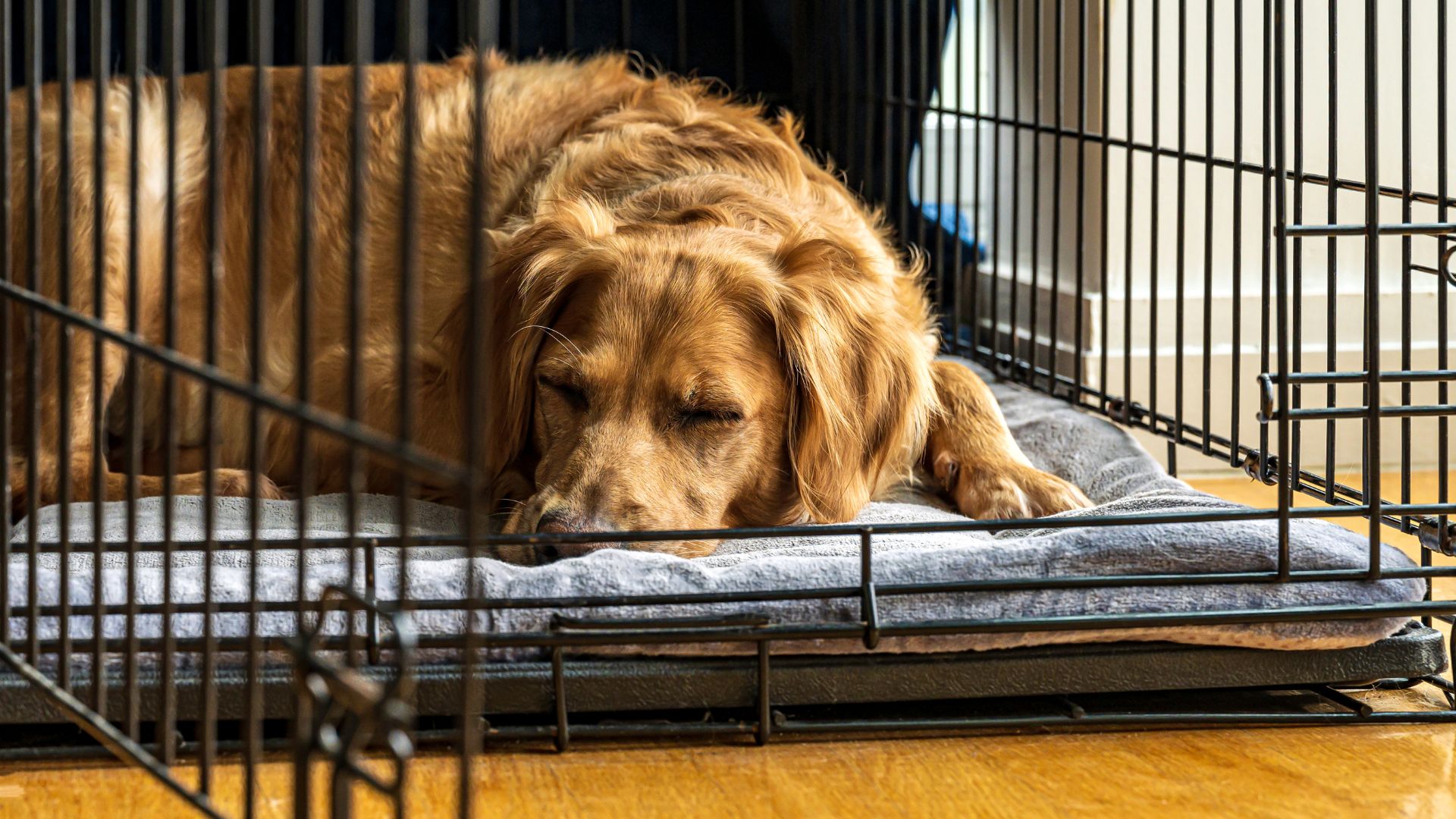
Whatever you do, don’t throw treats inside the crate and then slam the door shut behind your pup. When your pooch enters the crate willingly, leave the door open the first few times. Then try pushing the door shut but don’t lock it. Build up to closing the crate door slowly over a week or two of daily practice.
20. Never use the crate for punishment
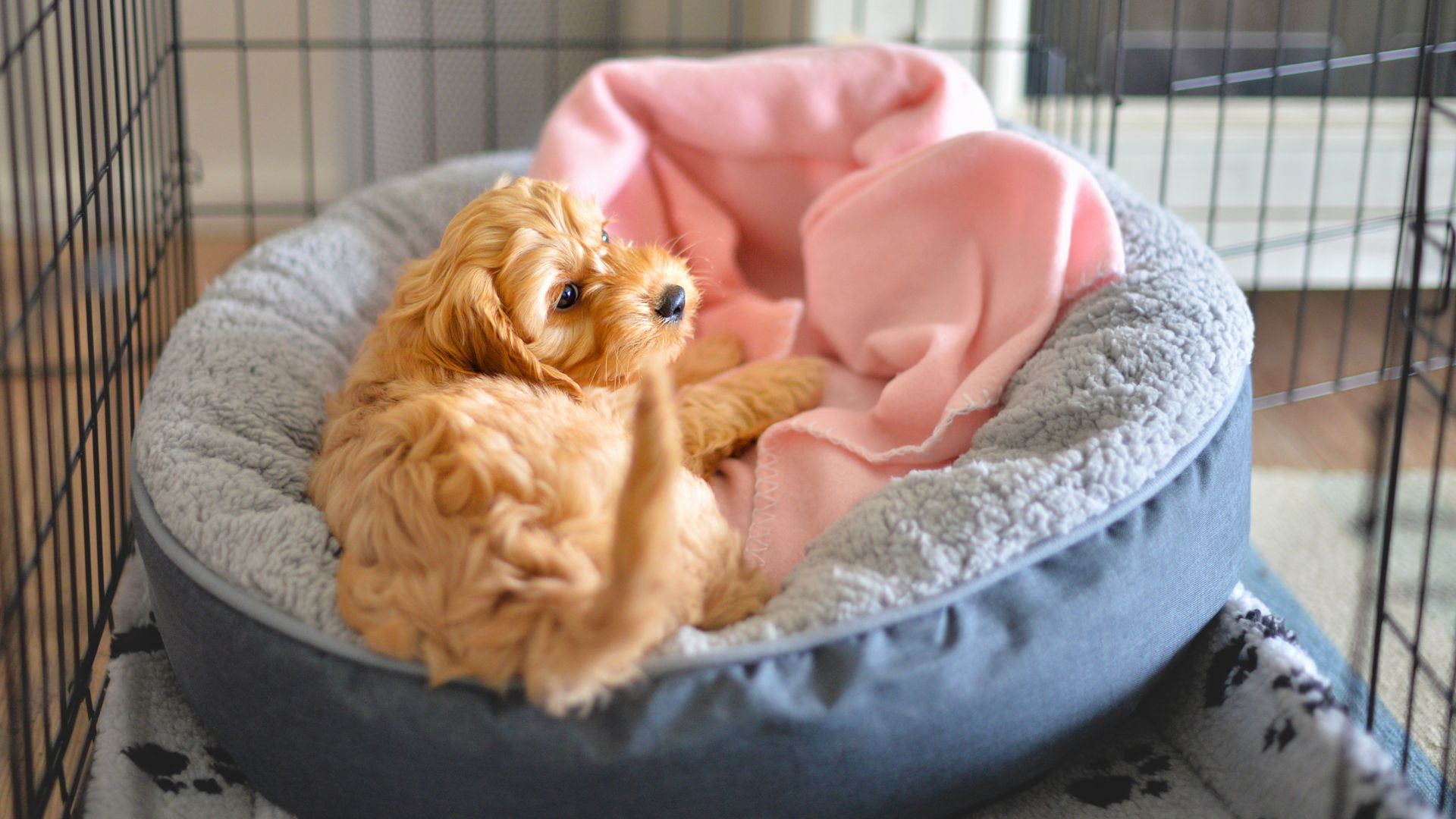
This will undo all of your hard work in training your dog. Yes, the best dog crates can be used to prevent toileting accidents, chewing, and other destructive behaviors. But it should never be used to punish a dog after these have occurred. If you discover a chewed slipper, quietly clean it up, ignoring your four-legged friend completely.
21. Use a clicker
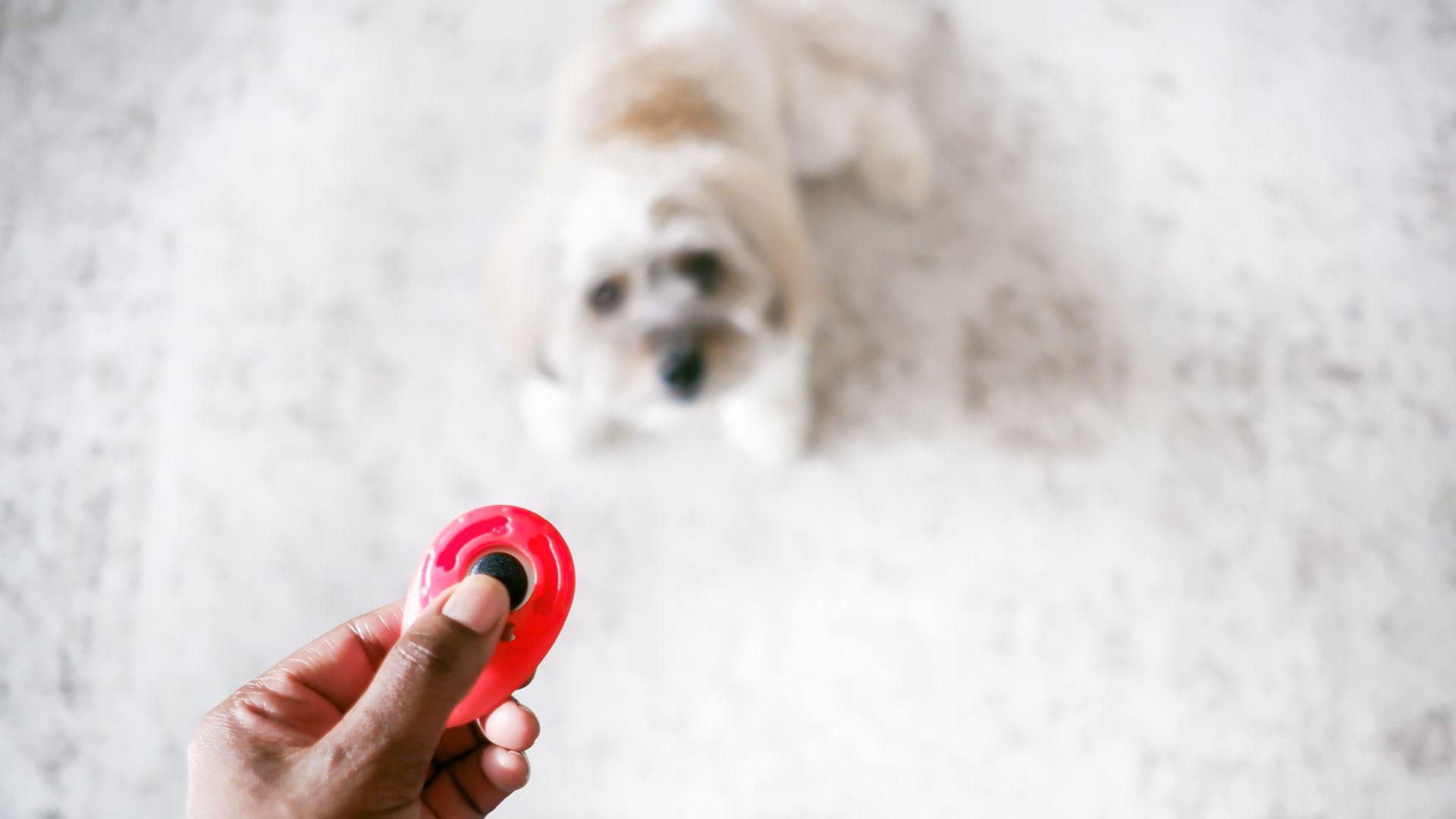
Clicker training for dogs can help speed up the training process by helping your dog associate good behavior with rewards in a much more effective way than simply offering high value dog treats and praise alone.
22. Finish positively

Always end with something your dog knows, so the session finishes positively. Because we all like a happy ending, right?
23. Train yourself
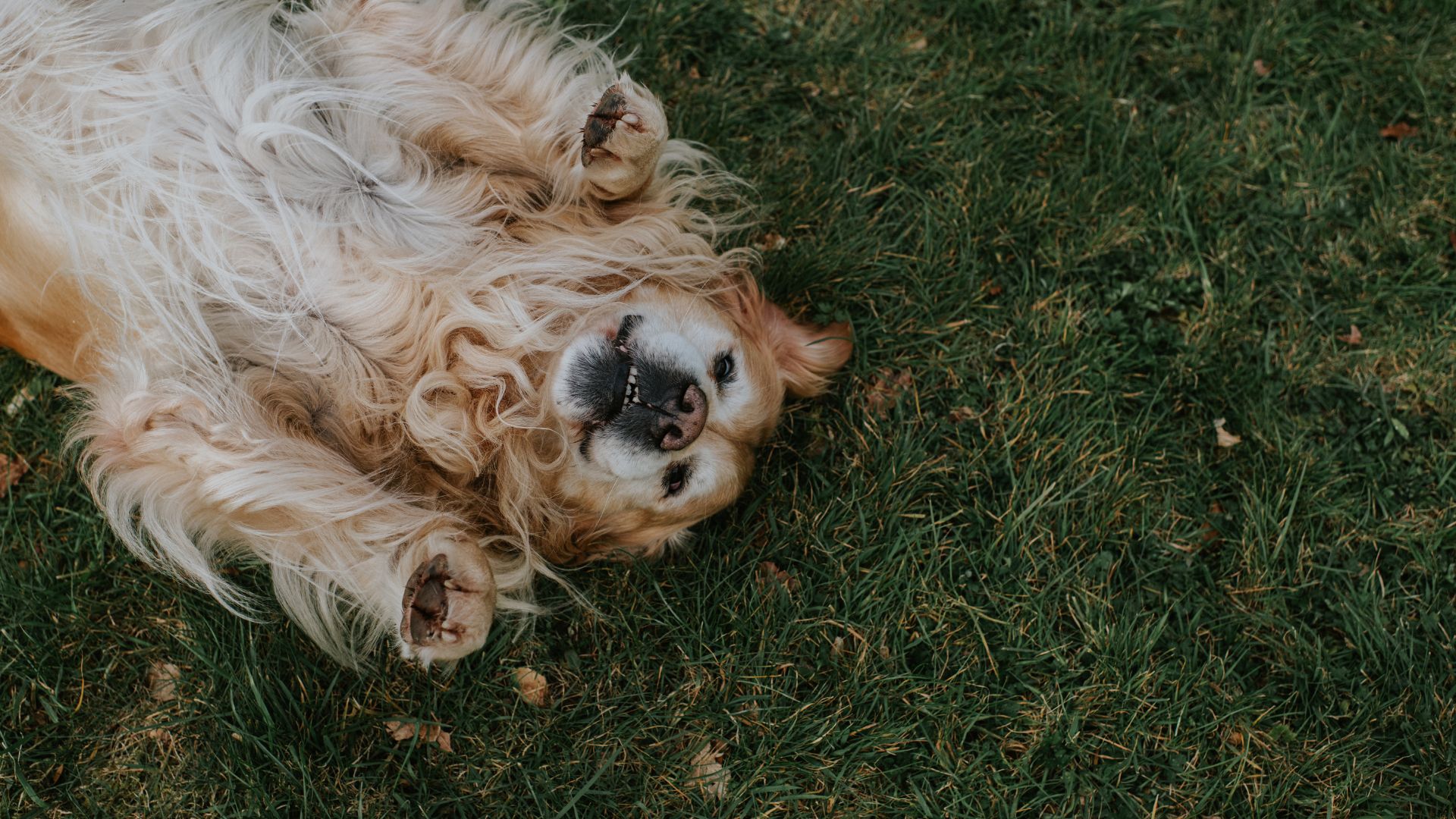
It’s not just your pup who is learning here. Teach yourself a few new tricks by getting to grips with dog body language for a better idea of how your pup is feeling. This should help you understand what your dog wants and needs from you.
24. Ignore
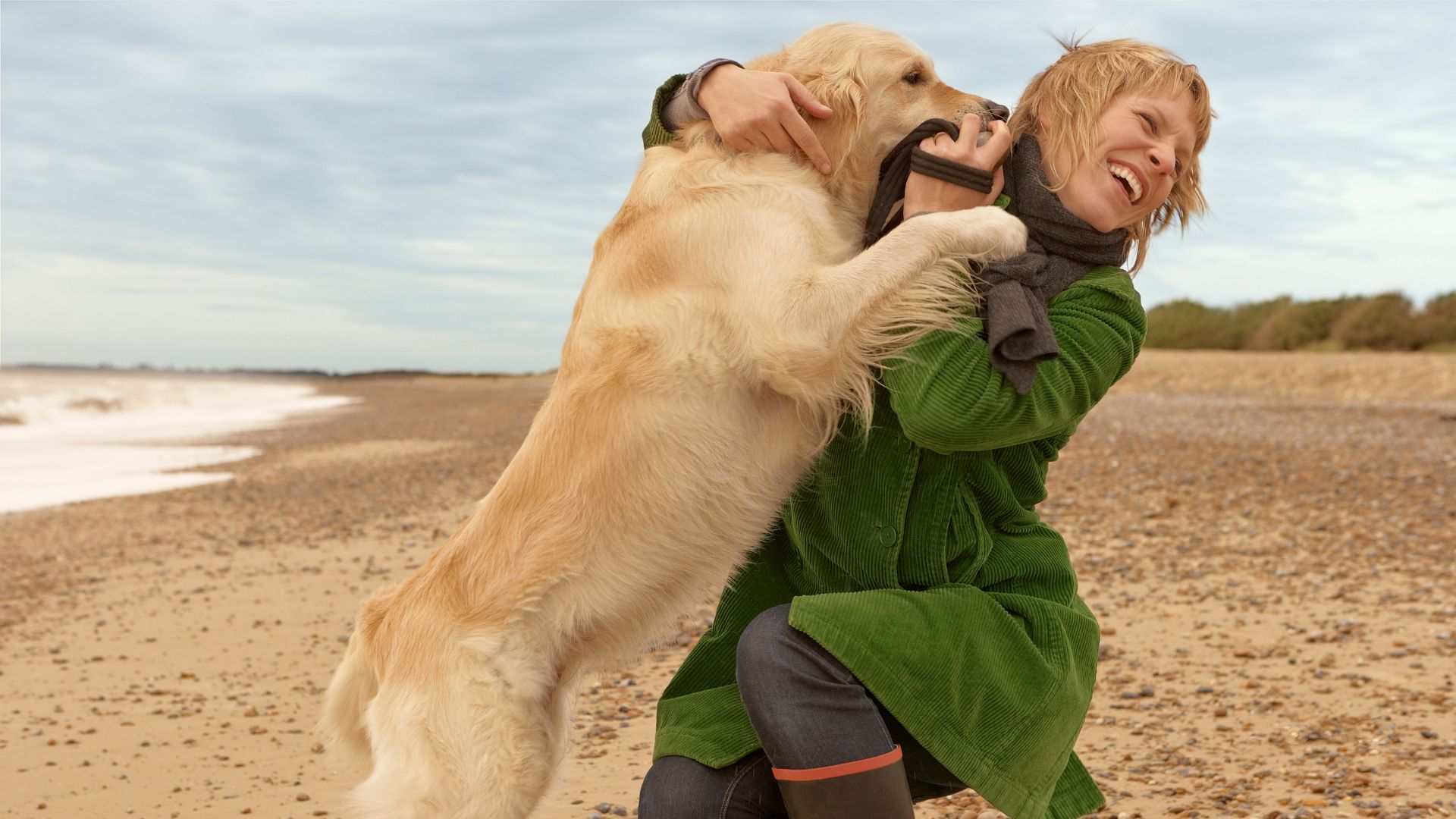
Excited dogs often jump up on people during greetings. While raising your knee, grabbing your dog’s paws, or trying to push the dog away might work, it doesn’t always teach them right from wrong. Instead, the easiest way to stop this behavior is to ensure that you don’t reward your dog by giving him attention. When your dog jumps up, try to completely ignore him.
25. Make sure your dog is comfortable before you start
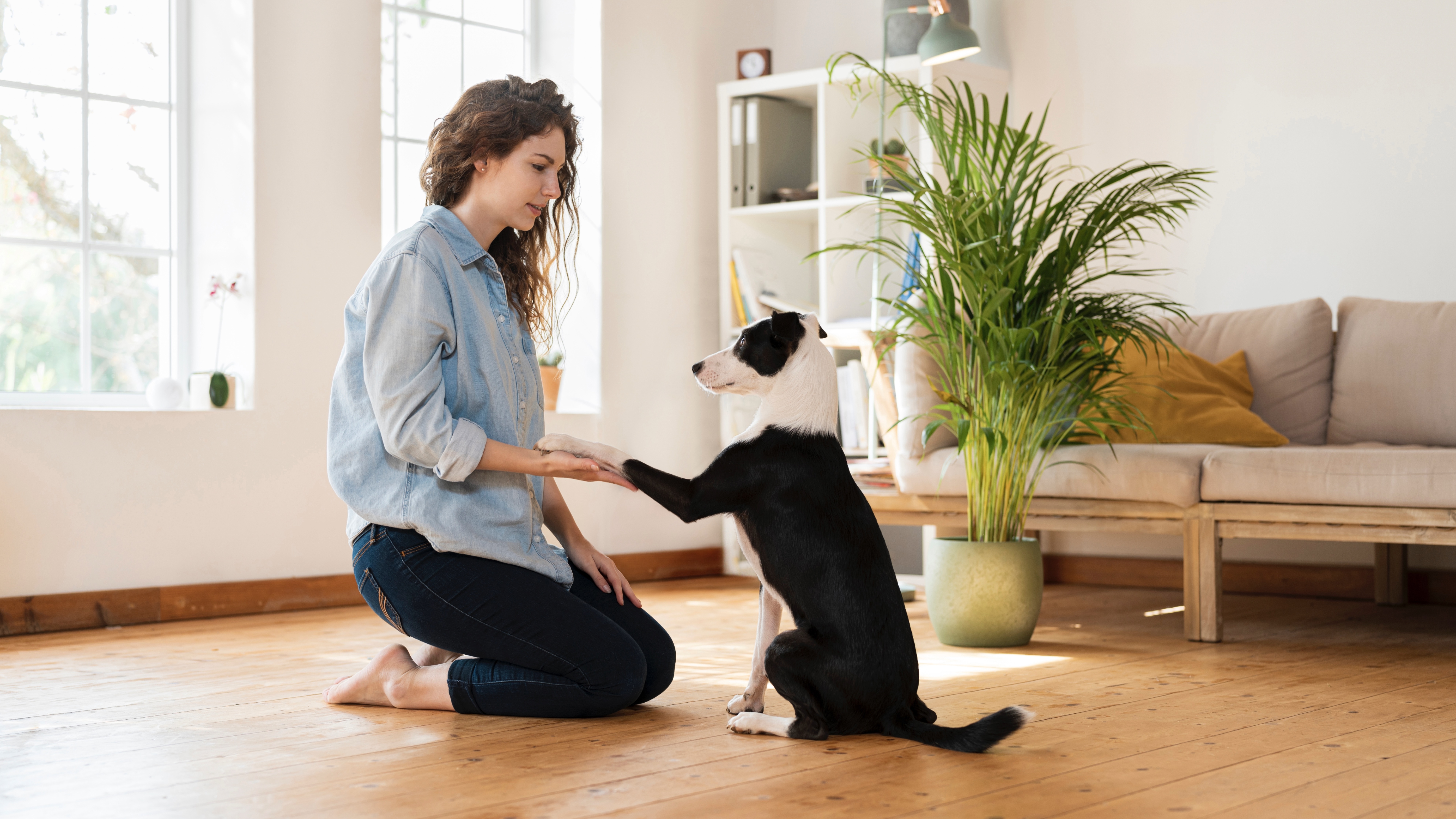
Have you ever tried to pay attention to someone or something when you're hungry or in need of the toilet? It's almost impossible to concentrate! And the same is true for your dog. So one of our favorite tips for busy dog owners who want to help their dog master new skills and behaviors that much faster is to ensure your pup is well fed, watered and toileted before you start any training session. You'll find they're so much more attentive when you tick these boxes first.
26. Be patient
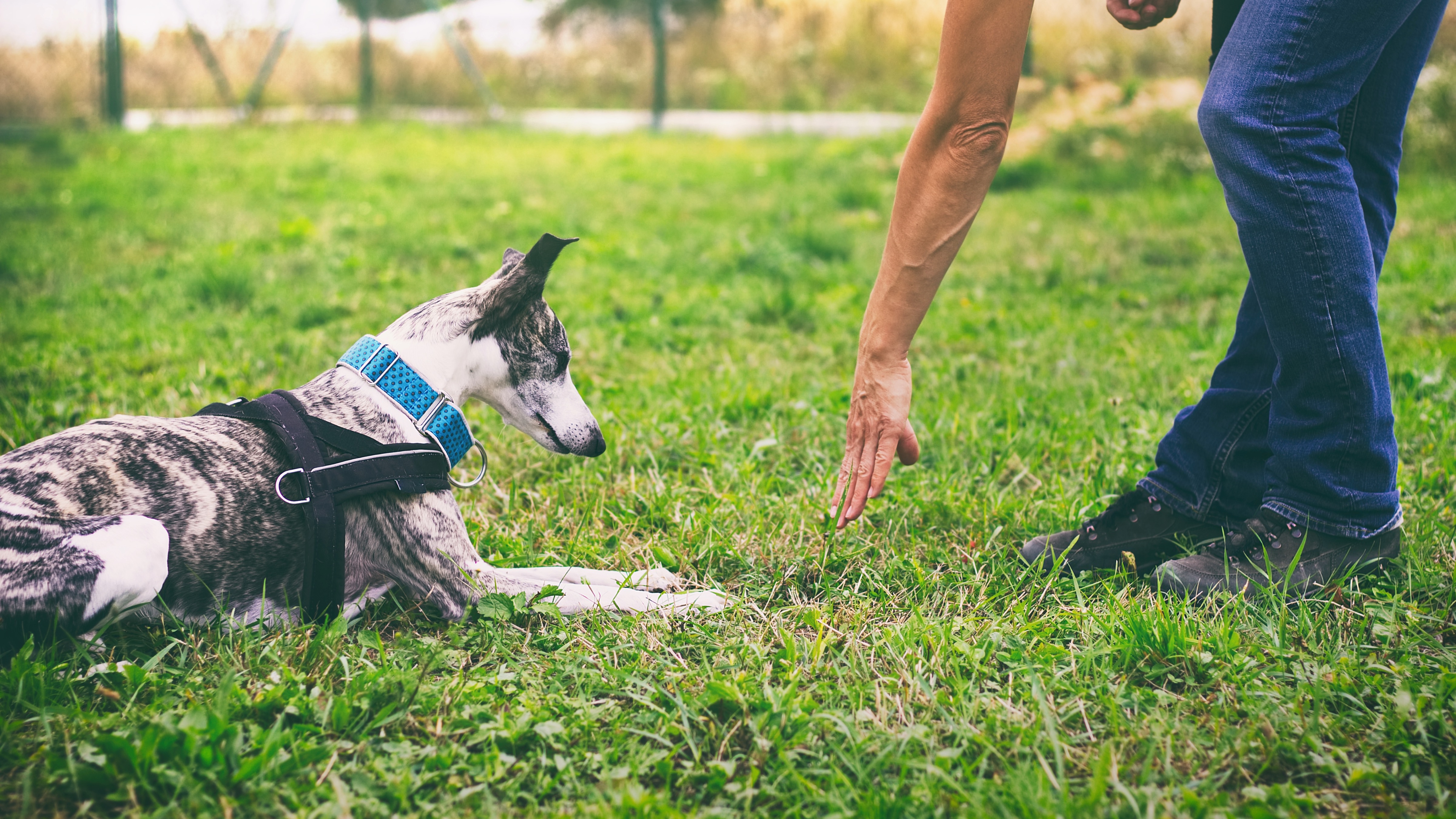
Whether you're trying to work on avoiding the most common loose leash walking mistakes or you're wanting to figure out how to stop a dog from jumping up, remember that training takes time. Be patient with your pup as they learn to master these new skills and behaviors.
27. Have fun!
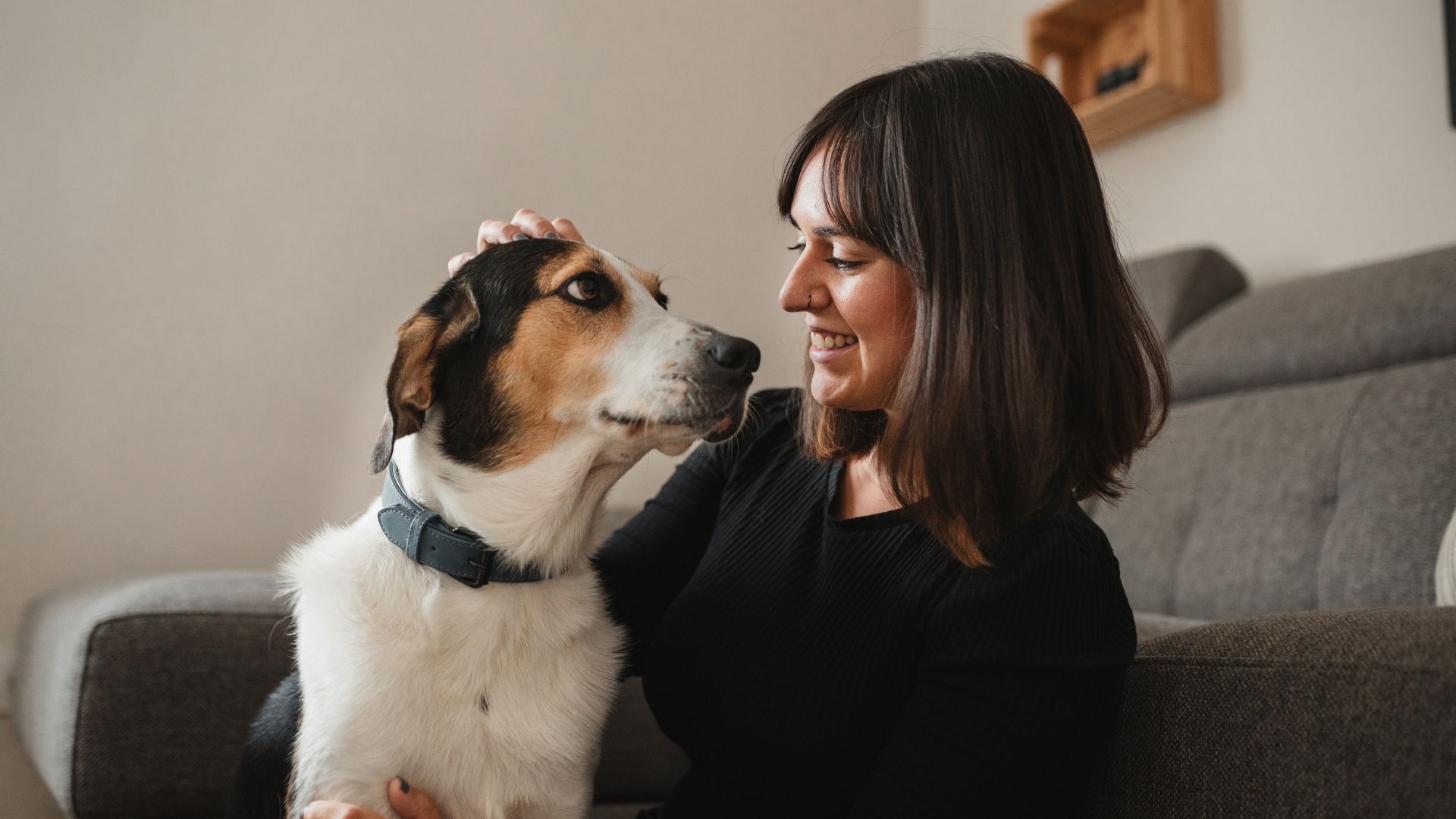
If you're looking for ways for improving your relationship with your dog, the answer lies in having fun — and lots of it. Playtime helps to build the bond between you and your pooch. Plus, it will make training a lot less boring for them (and you), and help to get them focused and excited to train — so it’s a win win.
Enjoyed this article and want more on training? Here’s how to train a service dog. For even more tips on why your dog barks at everything and how to stop it, keep reading. Or visit our guide on how to crate train a dog.







